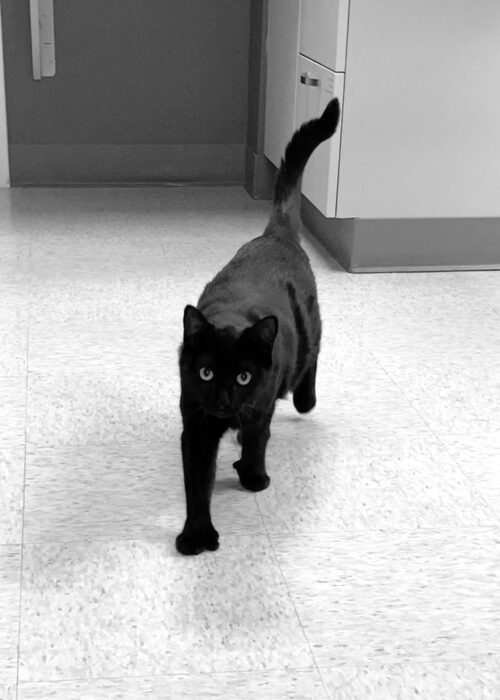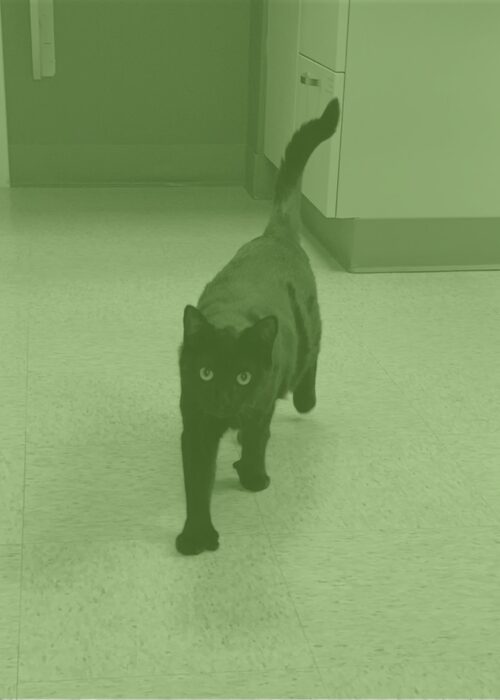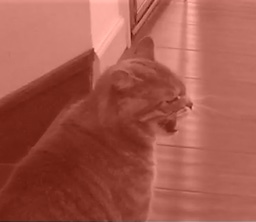
Acute severe stress triggers the body’s “fight-or-flight response”. Your heart beats faster, your blood pressure increases and you breathe harder. Your muscles become tense, you may feel nauseous. Wild animals can actually die of stress during capture and relocation as a result of a condition known as “capture myopathy”. Muscles are damaged as the animal struggles to escape; the damaged muscle releases toxic substances into the bloodstream, causing kidney failure, high temperatures and sometimes death or a subsequent deterioration in health (Reference 1).
While few cats have been documented as suffering from “capture myopathy”, restraining a struggling, terrified cat for a procedure at the vet clinic has a potential to cause physical as well as emotional damage. If pre-visit medications aren’t enough, the cat owner has a choice: fear or sedation at the vet?
Fear or sedation at the vet?
Sedation can be a gift for a fearful and/or fractious cat. Sedation can (Reference 2):
- provide comfort and analgesia while reducing anxiety and stress
- prevent injury to veterinary staff
- promote a better hospital experience for cats undergoing minor procedures
When properly done, sedation can be a safe procedure for most cats. On the other hand, general anesthesia may be more appropriate for cats with neurological problems, cardiac or respiratory disorders (Reference 2).
sedation vs general anesthesia
Sedation is similar to general anesthesia: the drugs used can cause unconsciousness, amnesia and loss of protective reflexes such as gagging and swallowing (if possible, the cat is fasted prior to the procedure). The risks to the sedated cat are similar to those encountered by the anesthetized cat: the most common issues are cardiovascular and respiratory (Reference 2).
Sedation is chosen for minor procedures where the cat will be only be under the effects of sedative drugs for a short time. A cat may be sedated to acquire blood and urine samples, have x-rays of painful limbs, or have an abscess flushed and stitched up. In such brief procedures, typically an airway is not established with an endotracheal tube nor is an intravenous catheter placed. The goal is to finish the necessary tasks and wake the cat up, returning them to a normal physiologic state as soon as possible.
Good practice dictates that the veterinary team be prepared to transition to general anesthesia if necessary, providing oxygen, intubating the cat and placing an intravenous catheter for fluid therapy if needed.
Monitoring (Reference 2) during sedation is not as comprehensive as that of general anesthesia due to time constraints. An abbreviated protocol follows the cat’s physiologic status.
- monitor depth of sedation – eye blink reflex
- measuring oxygen saturation in the blood (pulse oximetry)
- measuring pulse rate and blood pressure
Comfort and Pain Relief
Sedation protocols for cats are typically a combination of a pain medication (usually an opioid) and a sedative. The combination of the two drugs produces a greater sedative effect compared with either drug given alone. Lower doses of the drugs can be used when they are given together (Reference 2), reducing adverse cardiac and respiratory side effects.
The drugs can given intramuscularly (IM) or intravenously (IV) depending on the drug combination. IM protocols are popular because is often easier to give a frightened, struggling cat an injection in the muscle compared with trying to inject drugs in a vein.
Pre-visit medications can be an adjunct to the sedation procedure, reducing the dose of sedative drugs needed and making administration of these drugs less stressful.
recovery
A warm, dark, quiet area allows cats waking up from sedation or anesthesia to be monitored to ensure a smooth recovery. Additional pain medication may be administered and food may be offered if appropriate.
returning home
- Watch your cat closely once they are home. Consider confining them to a room with all their resources so that they can safely settle back into the home environment and routine. Be sure to check in on them until the effects of the sedative drugs have worn off.
- Cats identify each other by smell. In multi-cat homes, a cat returning from the vet clinic has picked up the smell of the hospital and may be “shunned” by their housemates. Keeping the returning cat separate from their housemates followed by a reintroduction is appropriate here.
- See “Aggression Between Cats After a Vet Visit”
The choice: Fear or Sedation at the Vet?
In cats with fractious temperaments or showing fearful behavior, sedation can replace moments of sheer terror with a better hospital experience. Gone is the struggle, muscle tension, and fear associated with full-body restraint. The gift of sedation can help cats live longer and healthier lives due to better veterinary care.
references
- Breed D, Meyer LCR, Steyl JCA, Goddard A, Burroughs R, Kohn TA. Conserving wildlife in a changing world: Understanding capture myopathy-a malignant outcome of stress during capture and translocation. Conserv Physiol. 2019 Jul 5;7(1):coz027. doi: 10.1093/conphys/coz027. PMID: 31304016; PMCID: PMC6612673.
- Simon BT, Steagall PV. Feline procedural sedation and analgesia: When, why and how. J Feline Med Surg. 2020 Nov;22(11):1029-1045. doi: 10.1177/1098612X20965830. PMID: 33100168; PMCID: PMC10814218.
Want to keep up with the world of cats? Subscribe to The Feline Purrspective!





